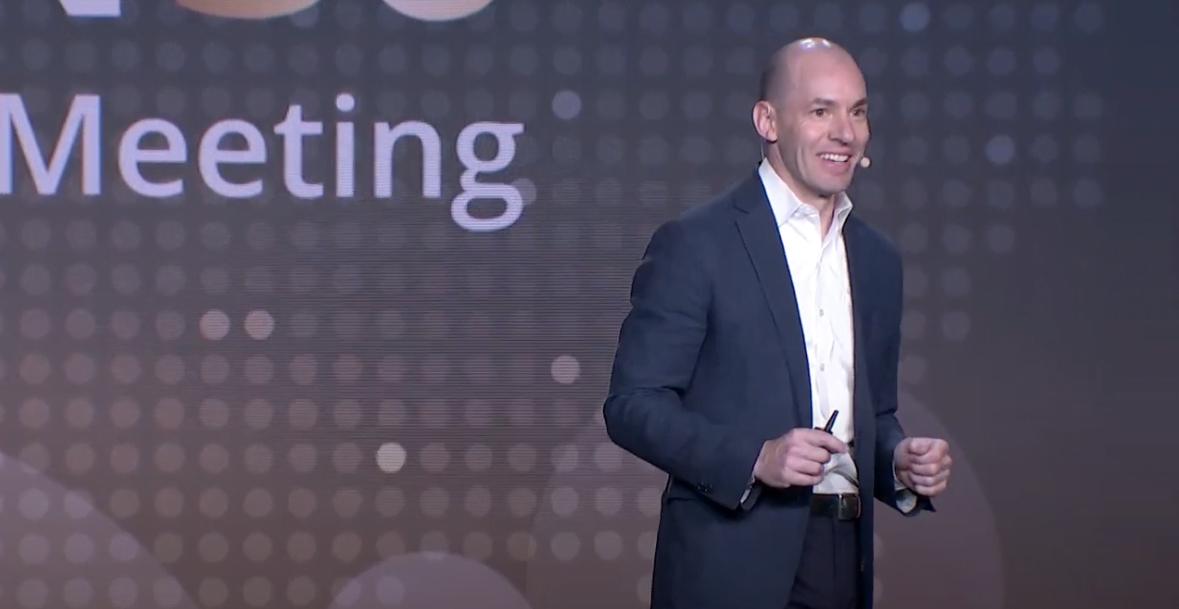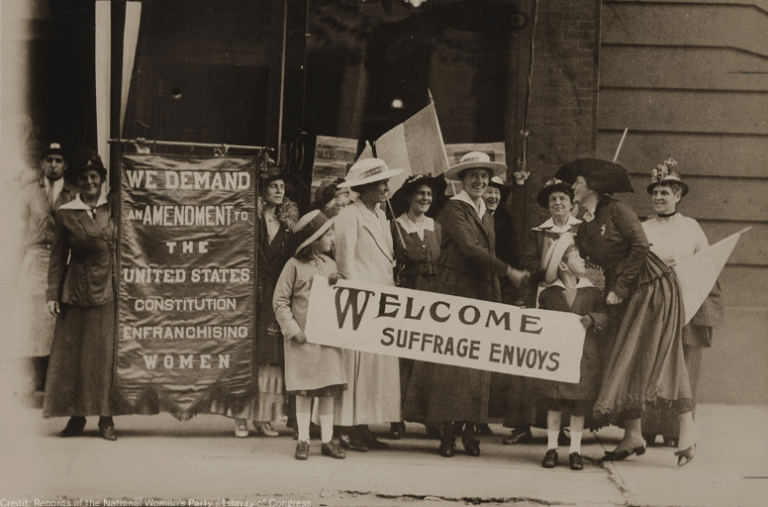David Kirby is the Founder of Acton Academy Washington DC. In September, he worked with the Ewing School to deliver a TED-style Talk at a conference of nearly 1,500 people. He put together this list of resources to help others.
Watch David’s talk here.
Challenge: Deliver a world-class TED-style talk for 12 minutes without notes in front of a live audience of hundreds.
Timeline: Plan six weeks of prep time or 40+ hours
Result: Speech text, slides, and YouTube video
Step 1: Draft Speech Text, Word for Word
- Give yourself permission to write bad first drafts!
- Logos, ethos, pathos — think back to the classic division of Aristotle with logos (logic and reason), ethos (credibility and authority), and pathos (emotion). Rule of thumb for a TED talk is that it should be two-thirds pathos. Yes, two-thirds!
- What is your big idea?
- How to find good stories
- Can you make your speech a proverb?
- Know your audience profile
- TED talk pro tip from Katherine Mangu-Ward: In the age of YouTube, it’s tempting to prioritize internet viewers. TED organizers argue this is a mistake. Focus on the live audience you’re speaking to. If you are authentic and speak to the audience, it works better online too! Otherwise, it can sound flat, like you’re speaking to no one in particular.
Step 2: Edit your Draft Speech Text
- Importance of a positive, solution-oriented message
- Good stories are vivid
- Be useful
- Be clear
- How to end a talk
Step 3: Draft Slides
How to do slides
Step 4: Run Reps and Refine. Put in the time.
- Run reps to practice your draft speech practice in front of live audiences, then refine, refine, refine.
- After each rep, ask yourself and the audience:
- What did I do well?
- What is one specific thing I can do to take it to the next level?
- How to give and get useful feedback
- Retention Test – Ask: what was the big idea of the talk?
Step 5: Memorize
- Should we memorize?
- Convert your written speech into text for delivery, like a poem.
- Example of wedding
- Example of David’s TED-style talk
- Cross the “uncanny valley” of memorization https://ewingschool.com/80-crossing-the-uncanny-valley/
Step 6: Keep Running Reps. Delivery, delivery, delivery
- Delivery principles and exercises
- Nail the first line and last line, cold.
- Eye contact
- How to control your voice
voice: https://ewingschool.com/38-how-to-control-your-voice/
- After each rep, ask yourself and the audience:
- What did I do well?
- What is one specific thing I can do to take it to the next level?
- Rehearse until it starts to feel natural
Step 7: Rehearse Sticky Parts Like a Musician
- Think like a musician rehearses. Isolate sticky parts, focus on just those, and rehearse until smooth. Don’t just run reps all the way through, beginning to end!
- For instance, if there’s a sticky part in your speech, perhaps a transition you forget or a phrase that’s tricky or trips you up, isolate just that part. Practice, practice, practice until it flows.
- Focused rehearsal. 30 minutes every day is better than one long session per week.
Step 8: Prepare for Big Day
- Quick checklist for your big talk
- Where to stand on stage: https://ewingschool.com/41-where-should-you-stand-on-stage/
- You can have notes for delivery nearby at the podium, if needed, as a backup. If you need your notes, no problem. Pause, grab a drink of water, check your notes, and continue. This looks natural to the audience.
- What to wear? TED pro tip from KMW: dress for your persona. Wear the outfit that fits the persona of your speech or personal brand. For instance, the persona in my speech was the smart, innovative head of school, entrepreneur, and dad. So no tie, more casual blazer, brown shoes. Crisp, professional, but not stuffy. Cool.
- NEVER apologize during a speech. “I’m sorry” “I apologize” “Oops” is how we speak to each other one-on-one. When on stage, these words kill the moment.
Step 9: Warm Up Voice
- Minutes before your speech, do these six vocal exercises to warm up
Step 10: Get Pumped Up or Calm Down? Know Yourself
- If you’re the kind of person who needs to get pumped up, do ten push-ups, do a handstand, jump up and down to get loose—whatever you need to do to get ready to crush it!
- If you’re the kind of person who needs to calm and focus, a quick way to calm your mind
https://ewingschool.com/39-a-quick-way-to-calm-your-mind/ - Feeling in control
Step 11: On Stage
- TED pro tip from KMW: On stage, compose yourself. Take in the moment before you begin. Pause 3 or 5 seconds before delivering your first line.
- Stand tall
Step 12: Stick Around and Capture Lessons Learned
- After the speech, stick around. See if anyone would like to chat. Focus on listening to understand and being useful.
- Ask trusted folks for one specific thing you can do better next time.
- Before going to bed, capture your lessons learned.
Additional Resources
Ted Talks: The Official TED Guide to Public Speaking by Chris Anderson
Subscribe to Ewing School Newsletter




